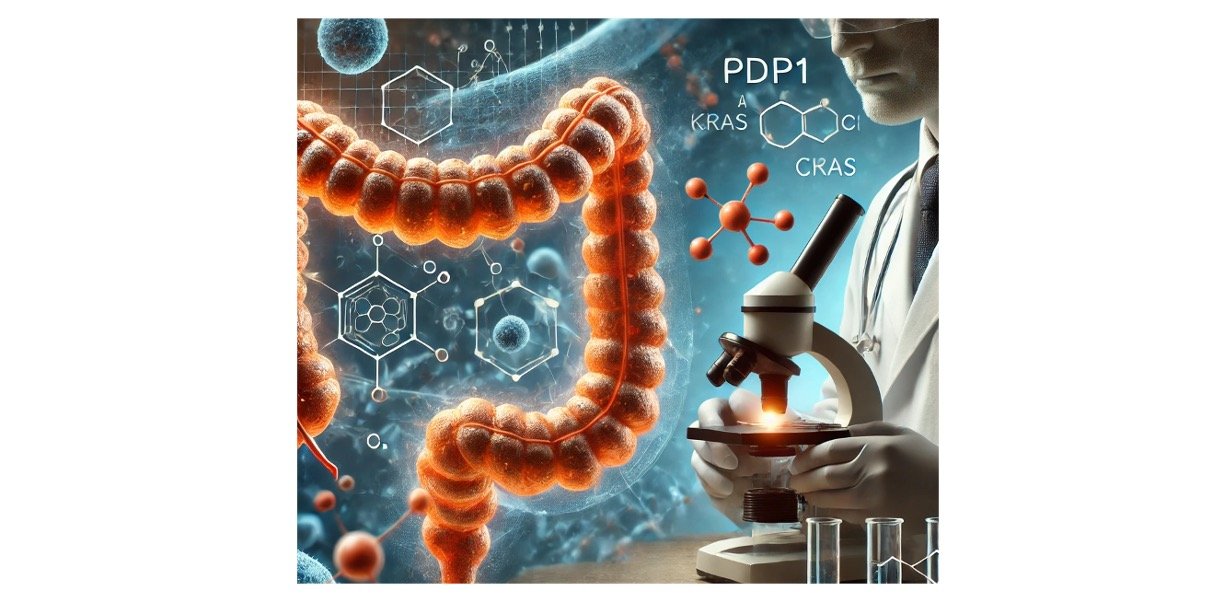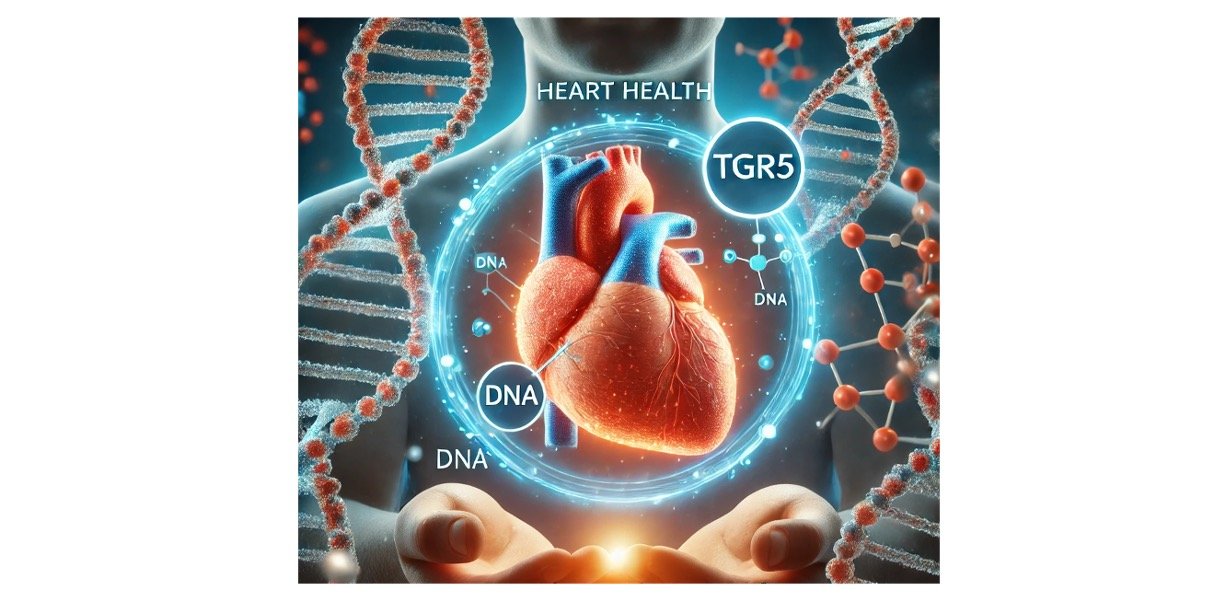Table of Contents
Nucleoid Definition
The part of a prokaryotic cell that contains the genophore (genetic material).
What is Nucleoid?
The lack of a “true” nucleus distinguishes a prokaryotic cell. Instead of a nucleus, the cell contains a nucleoid, which is an area where the cell’s genetic material is stored.
Characteristics of Nucleoid
The nucleoid, which literally means “nucleus-like,” is an irregularly shaped region that houses the prokaryotic cell’s genetic material. The genetic material is not encased in a membrane to separate it from the cytoplasm, as it is in the nucleus of a eukaryotic cell.

DNA makes up the majority of the genetic components found in the nucleoid. They account for roughly 60% of the total. The remaining percentages come from RNAs (mRNAs, for example) and proteins (e.g. transcription factor proteins and nucleoid-associated proteins).
Nucleoid Function and Importance
The genophore, or genetic material of a prokaryotic cell, is found in the nucleoid. The prokaryote’s DNA is circular and double-stranded. At any given time, a single cell may have several copies of DNA. And, just like any other cell, the genetic material inside the cell must be compressed to accommodate everything inside.
Nucleoid Examples
NAPs are nucleoid proteins such as HU, H-NS, and Fis, which are also known as nucleoid-associated proteins (or simply nucleoid proteins). These proteins are involved in nucleoid condensation, which is the process of genetic material being compacted into a nucleoid region. Unlike eukaryotic histones, which form nucleosomes to facilitate DNA compaction, NAPs promote compaction by DNA looping (i.e. DNA bending, bridging, and aggregation).
One of the most common varieties of NAP is HU. It is usually 20 kDa and a heterodimer (for example, in Escherichia coli, it is made up of HU and HU). In contrast to H-NS, Hu compacts DNA by limiting toroidal DNA supercoils while not inhibiting transcription. H-NS (histone-like nucleoid structuring protein) is a type of NAP that helps to compact DNA by building complexes with one another and then binding to distinct portions of DNA to bring them together.
H-NS blocks gene expression while doing so (by binding to AT rich DNA). Fis is a NAP (National Association of Professionals) (as well as a global regulatory protein in E. coli). It’s thought to play a part in defining nucleoid shape, regulating bacterial chromatin structure, and beginning DNA replication as a NAP.
Nucleoid Visualization
An electron microscope can be used to see the nucleoid. When the specimen is stained with the Fuelgen stain, which makes the DNA visible, it can also be seen with a light microscope. Fluorescence microscopy and staining procedures with DAPI and ethidium bromide are another option.
Nucleoid Citations
- The bacterial nucleoid: nature, dynamics and sister segregation. Curr Opin Microbiol . 2014 Dec;22:127-37.
- The Nucleoid: an Overview. EcoSal Plus . 2009 Aug;3(2).
- The bacterial nucleoid: a highly organized and dynamic structure. J Cell Biochem . 2005 Oct 15;96(3):506-21.
- The bacterial nucleoid revisited. Microbiol Rev . 1994 Jun;58(2):211-32.
Share












